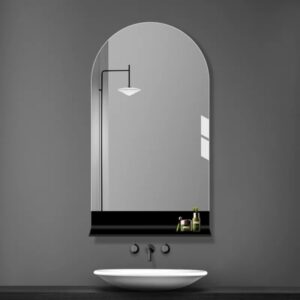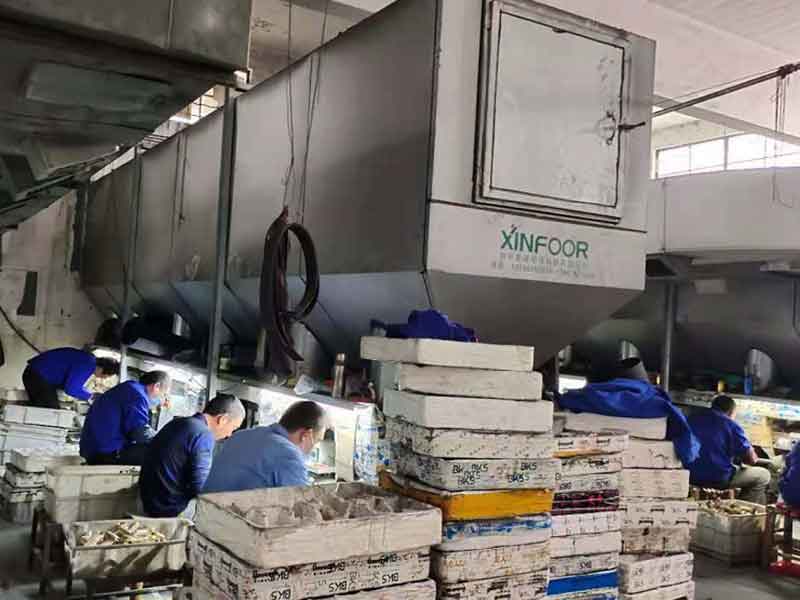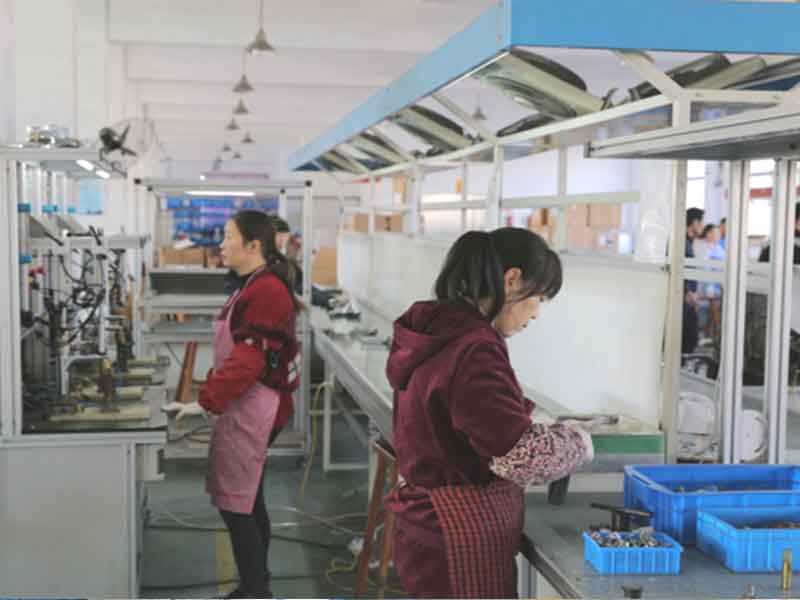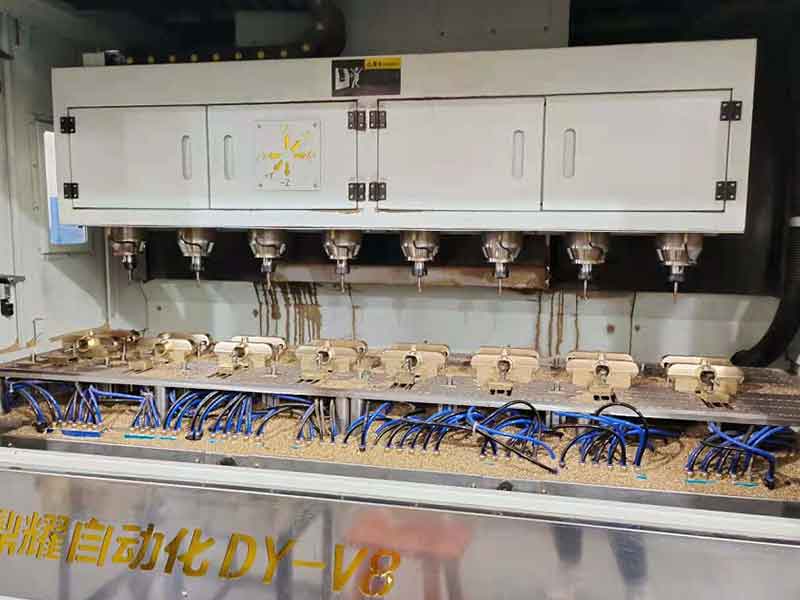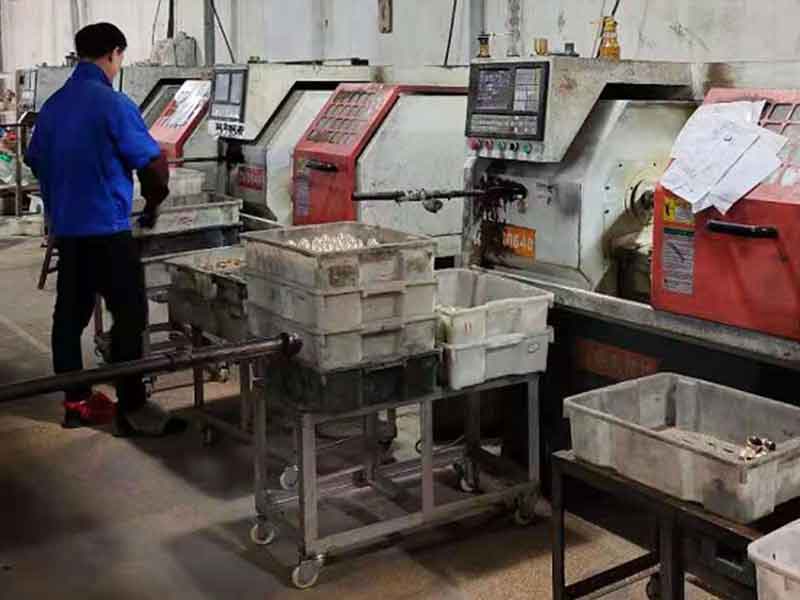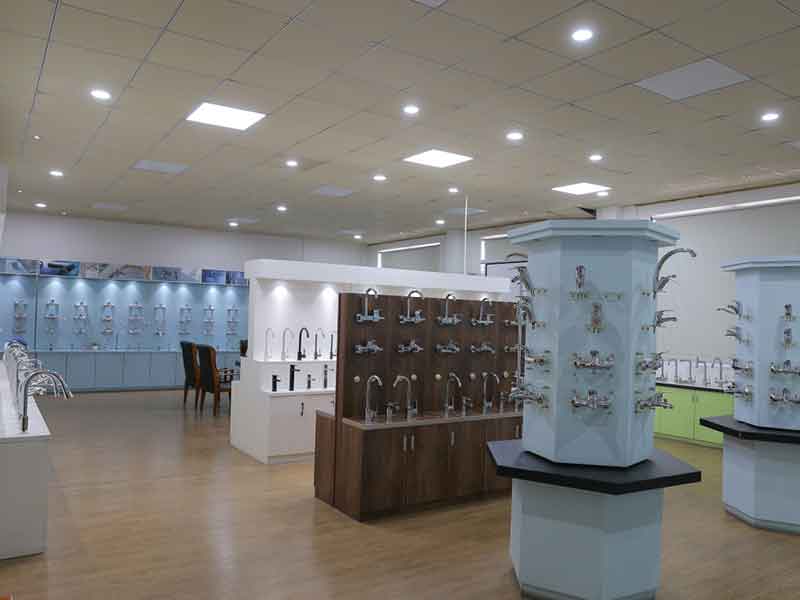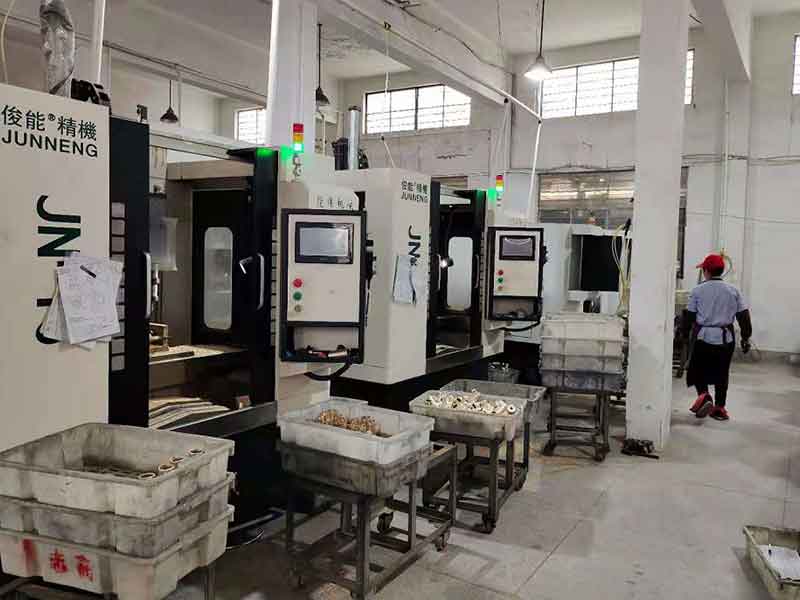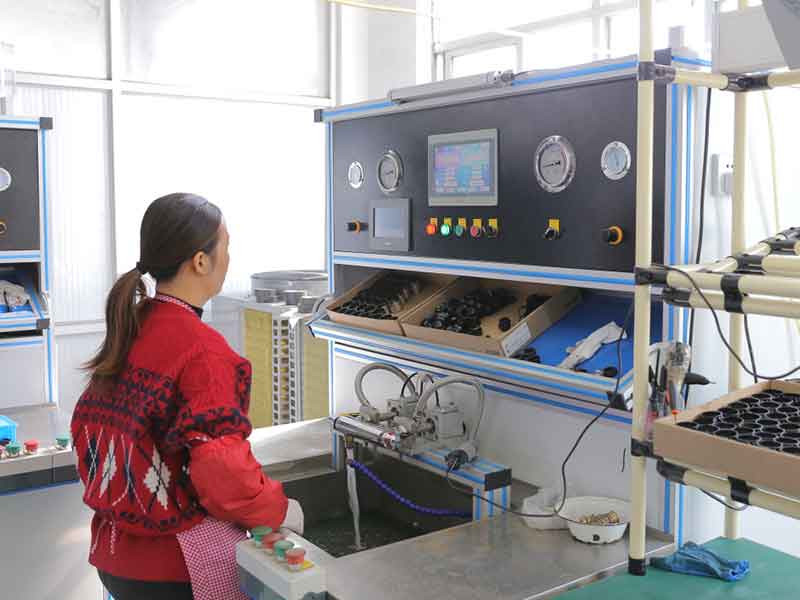Custom Bathroom Mirror Manufacturer From China
- Over 17 years of experience in bathroom mirror manufacturing
- Free Design on all bathroom shape mirrors
- Mirror output capacity with 12000pcs/month
- All parts are with 24 monthly warranty
- Supplier for brand companies, like Walmart, RONA, TOTO, SODIMAC, MAXEDA
We'll Reply You Quickly
Wholesale Bathroom Mirror From Nicemoco
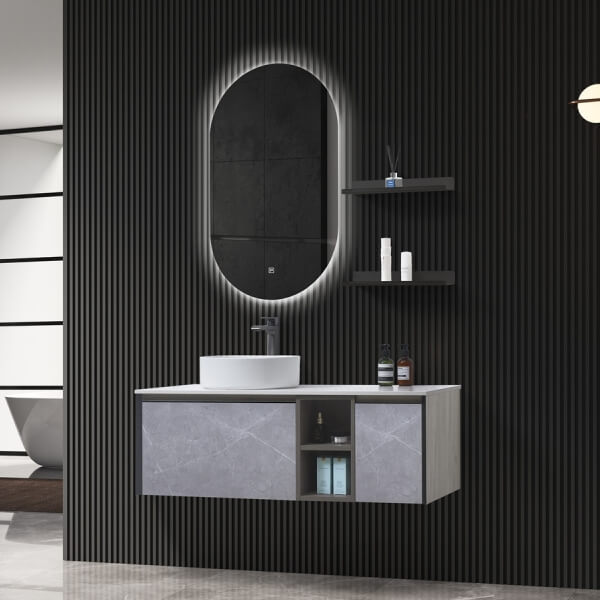
As a product to match bathroom cabinets, Nicemoco can custom bathroom mirrors with different materials, sizes, shapes, and styles to suit any design aesthetic. We can provide free design on all bathroom-shaped mirrors, and low MOQs to help you to start your small business.
From traditional wooden units to contemporary mirror designs, our mirror ranges include Traditional styles, Modern mirrors, Vintage or rustic mirrors, and LED-lit, or smart mirrors. We provide customers with customized functions such as lighting, anti-fog, Bluetooth, and touch screen.
If you want to wholesale bathroom mirrors from China, whether you’re looking for a single bathroom mirror or large quantities for a commercial project, Nicemoco has the expertise and resources to meet your needs.
We'll Reply You Quickly
High Quality Custom Bathroom Mirrors
From concept to shipping, Nicemoco provide high quality bathroom mirror solution for your projects.
Your inquiry will be replied in 24 hours

Custom Bathroom Mirror Solutions
Our decorative vanity mirror is personally customized and offers the perfect solution for beautifying the bathroom.
- Wide Selection: Mirrors in different sizes, shapes, and styles provide to meet your requirement
- Customization Options: we can provide customization service according to your specific design
- Free Design: We provide free design on all bathroom shape mirrors
Call Us
+86-159 6864 8802
Our Email
sales@nicemoco.com
Custom Bathroom Mirror Solutions
Material
Different materials will be used in our bathroom mirrors, including glass, Silver or Aluminum coating, copper layer, Paint Layer, frame Materials, etc. Besides, we can custom materials for additional features like LED lighting, touch sensors.
Size
We provide different mirror sizes to meet different spatial and design requirements, such as compact, standard, and large mirrors.
Shape
Different shapes are available for our mirrors according to the client’s requirements, including rectangular, round, oval, arch-top, frameless, L-shaped, and Full-Length Customization is supported for specific shape requirements.
Style
We provide different styles to meet different requirements, such as Traditional styles, Modern mirrors, Vintage or rustic mirrors, LED-lit, or smart mirrors. We can style to meet your special requirement.
Function
We can custom functions for your bathroom mirrors, such as LED lighting, anti-fog technology, storage solutions, and even multimedia capabilities.
Package
Your mirrors will be first enveloped in a soft, protective material like foam or bubble wrap, then wrapped into a sturdy corrugated box, custom-fitted will be used to prevent any movement inside.
Installation
Our bathroom vanities are designed for easy installation, with most products including all necessary mounting hardware and clear instructions. We also offer support for any installation queries.
Value-added Service
We provide Free product design, free stock, free CAD drawings, free artwork design of packing, and free QC & QA report same as the 3rd party inspection of each PO. Container booking and loading and document preparation are professional with free.
Steps to Custom Bathroom Mirrors
Consultation
By understanding your needs and requirements, our salesmen work with you to submit the appropriate bathroom mirror solution based on the necessary function, and then the right model based on the test specifications.
Quotation
Nicemoco expert salesman will provide you a free quotation based on your requirements as well as product specifications and quantities. Usually, we will reply your inquiry in 24 working hours.
Order Confirmation
After receive the order, we will carefully check to ensure we have fully know the client’s requirements, then confirm the order details including pricing, payment terms, and delivery schedule.
Mass Production
Nicemoco conduct rigorous quality control processes, including material testing, structural integrity assessments, and surface finishing inspections. We have strong production capacity, and will report production progress to you from time to time.
Shipping
After rigorous quality checks and protective packaging, we will provide regular updates on the shipping status, including tracking information, to keep the customer informed about the progress of their order.
Custom Bathroom Mirror Supplier FAQs
We use eco-friendly materials and energy-efficient LED lighting in our mirrors, keep reducing environmental impact without compromising on quality or design.
Yes, we can provide you the price list, please contact our sales, sales@nicemoco.com.
Of course we can, please send me the drawing deisgn, we will manufacturer the bathroom mirror accoring to your requirements.
- -Sample order: within 15 days.
- -20GP container: 25-35 days.
- -40HQ container: 30-45 days.
Yes, pls contact our sales to see our client case.
5 pc
Yes, we provide OEM service.
Yes, please send us your schedule in advanced, we can arrange to pick up service.
Are You Looking for Bathroom Mirror Manufacturer?
Contact us for design assistance, free quote, and expert advice today.
We can provide you with a wholesale faucet quotation within 12 working hours, and we respect your privacy.
Your inquiry will be replied in 24 hours

